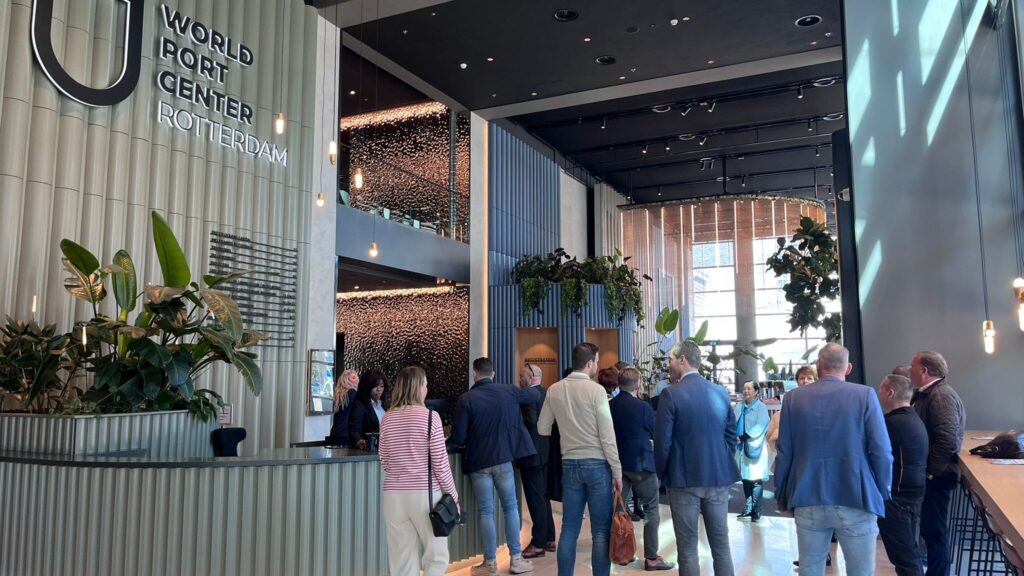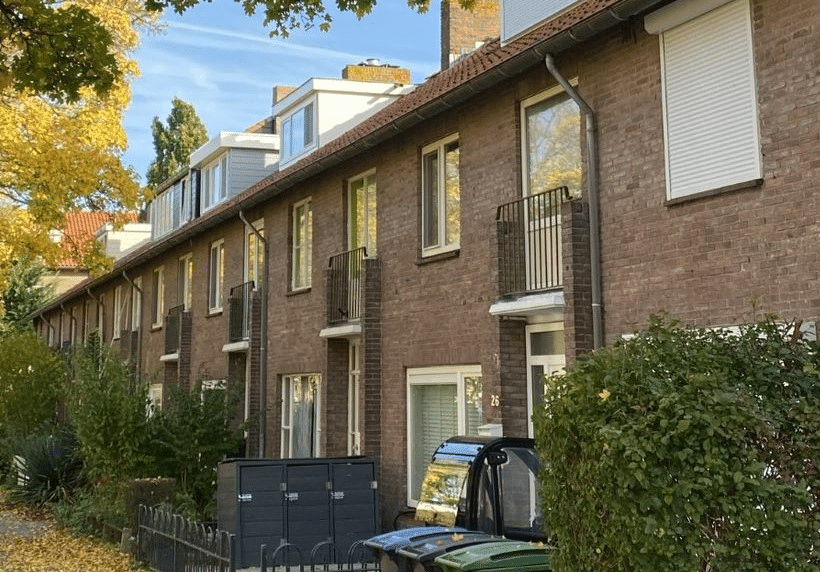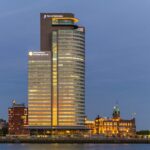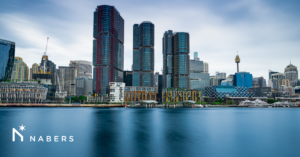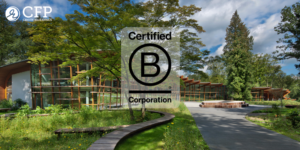
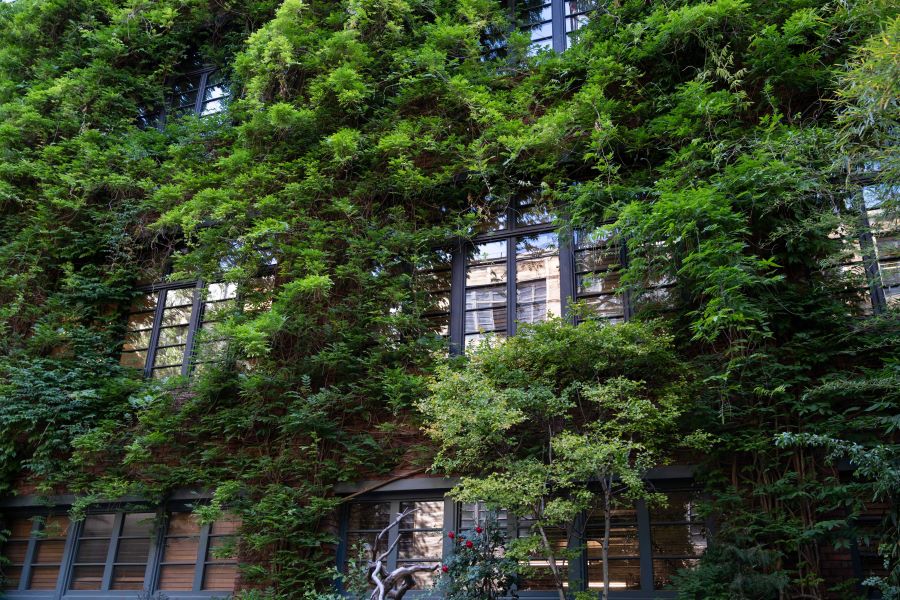
The 5 most important green building certifications in Europe
‘Green building’ has been the buzzword in the real estate industry for the last few years and with the 2030 target and 2050 goal, the concept is becoming more of a must-have instead of a nice-to-have. This movement shares its objective with the EU Green Deal, which is to improve the energy efficiency of buildings in order to achieve carbon neutrality by 2050.
Green building certification systems are a set of rating systems and tools that are used to assess a building’s performance from an environmental and sustainability perspective. In this article, we will discuss the 5 most important green building certifications in Europe. Please note that the five certifications are listed by random order.
1. WELL Building Standard
The WELL Building Standard is an internationally recognized method to measure and assess the impact that green buildings have on people’s health. WELL acknowledges that while we spend much of our time inside buildings, not all buildings are healthy environments. Therefore, WELL has developed a certification program based on 10 steps which influence the health of a building.
With a WELL certificate, you can show stakeholders, investors, and users of the building exactly what you have done to improve the health of the building. WELL assesses the building based on the following themes; air, water, nourishment, light, movement, thermal comfort, sound, materials, mind and community. When you improve the ventilation in the building, which increases the air quality, you will for example earn more points and rank higher on the WELL Standard. Being awarded a WELL certification shows that you put focus on comfort and health of the users of the building, which boosts its value.
2. BREEAM
BREEAM is an international sustainability standard which is met by only a select group of buildings that received the BREEAM label. There are three areas in which a BREEAM certification can be obtained: in-use, building and new construction & renovation. Your score gets higher as you meet more sustainability criteria. A building that has a high BREEAM score benefits from increased value and demonstrates a certain level of sustainability. Furthermore, buildings that are ranked high on BREEAM have positive impact on employee productivity and health of its users.
BREEAM is used in more than 70 countries worldwide, with several of those countries having gone a bit further by developing country-specific BREEAM schemes which are operated by National Scheme Operators (NSOs).
3. Green Globes
The Green Globes certification assesses the environmental sustainability, health & wellness, and resilience of commercial real estate. Green Globes has developed a points system in which 1.000 points can be collected and all projects that meet at least 35% of the 1.000 points can apply for the Green Globes certification.
If Green Globes objectives are met, it means that organisations have lower energy and water bills, reduced emissions, optimized health and wellness benefits, and minimized waste. In this way, a Green Globes certificate adds value to your building.
4. Living Building Challenge
The Living Building Challenge wants to inspire people to create built environments that do not harm the environment, and are thus regenerative. Ideally, a building is as efficient as a flower. A flower, namely, collects its energy from the sun and saves water when it has rained. A flower does not cause pollution, is beautiful and inspiring. From this perspective, it focuses on maximizing positive impact on the environment through buildings.
The Living Building Challenge concentrates on seven performance areas; site, water, energy, health and happiness, materials, equity, and beauty. In order to receive the Living Building Challenge certification, a project must be operational for a minimum of 12 consecutive months prior to evaluation, which proves it is based on actual performance.
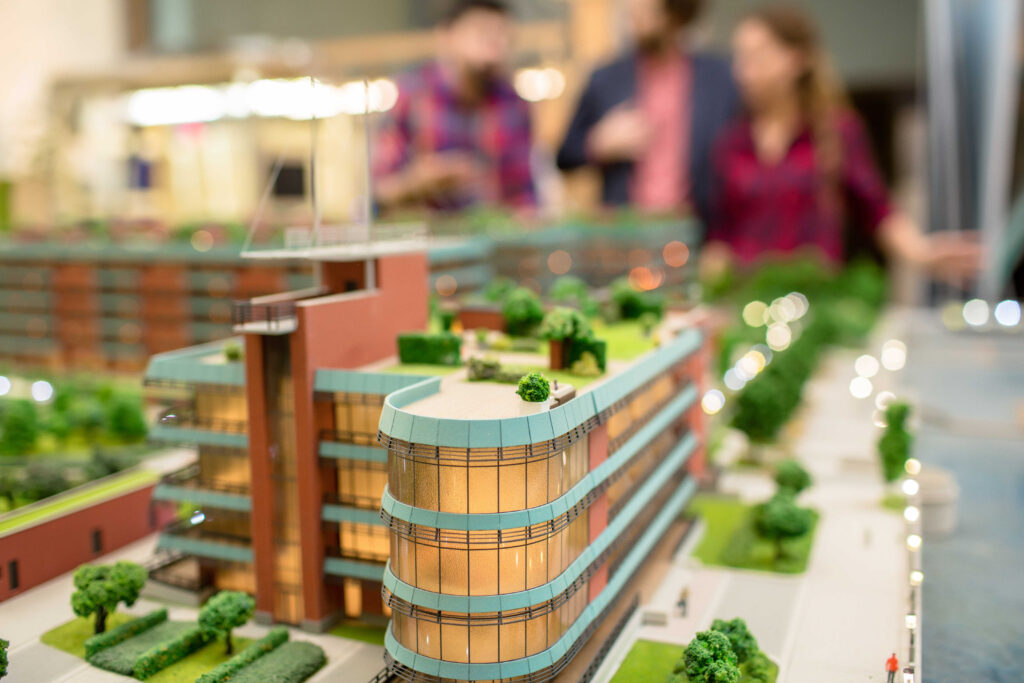
5. LEED
LEED is a globally recognized system that is applied to assess the sustainability of buildings, based on a rating system. Projects earn points by conforming to standards regarding carbon, energy, water, waste, transportation, materials, health, and indoor environmental quality. When a project is evaluated, points are awarded that consequently classify the building as Platinum, Gold, Silver or Certified.
With its certification, LEED aims to reduce the energy and resources consumption of buildings. Organisations who are LEED-certified can count on global recognition of their commitment to sustainability.
Are you considering to start the procedure for a certification like BREEAM or WELL? Or would you like to learn more about differences and possibilities first? Please contact us and we will help you find the best option for your building or portfolio.
